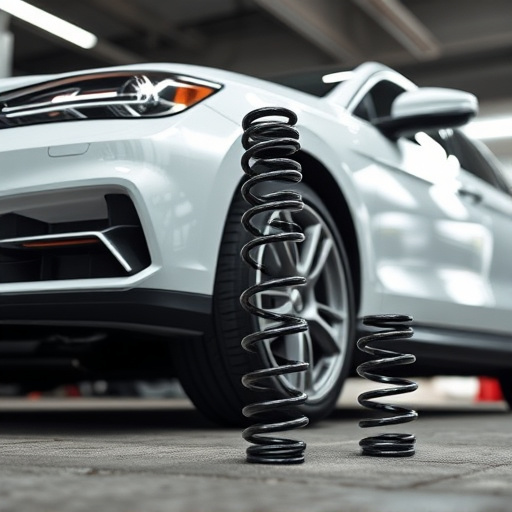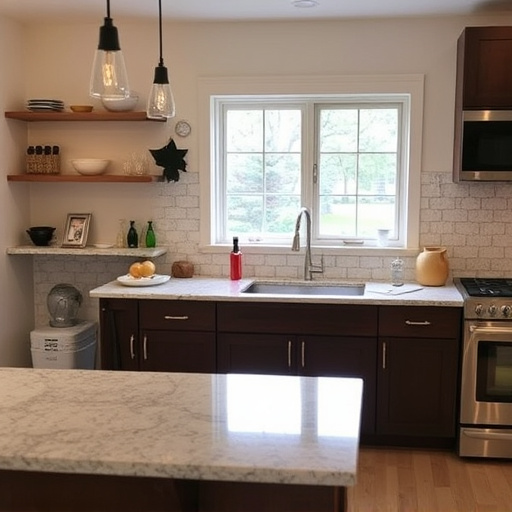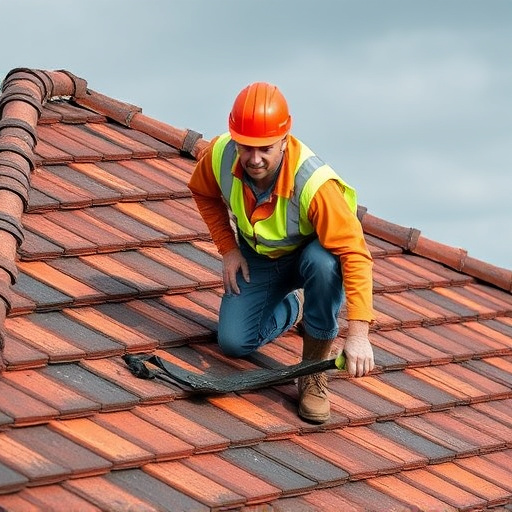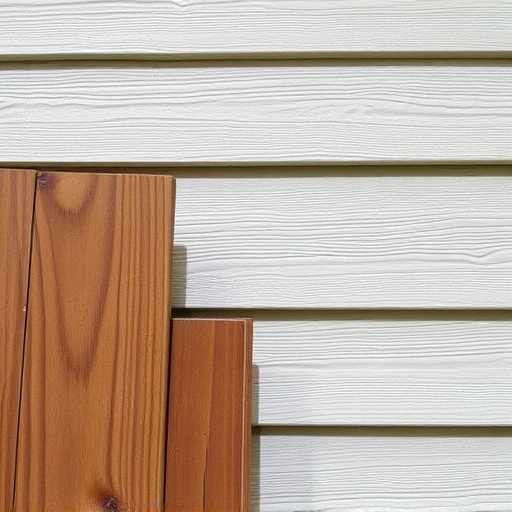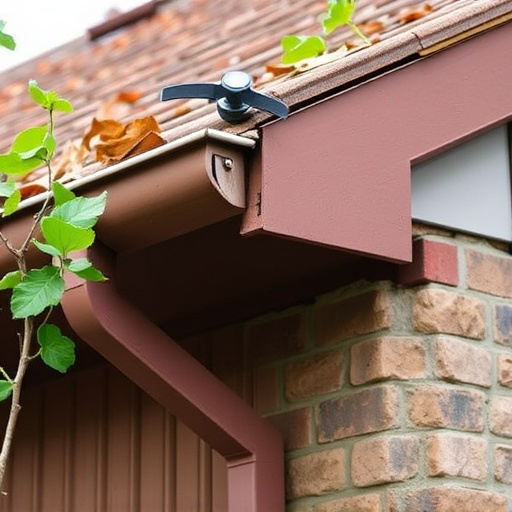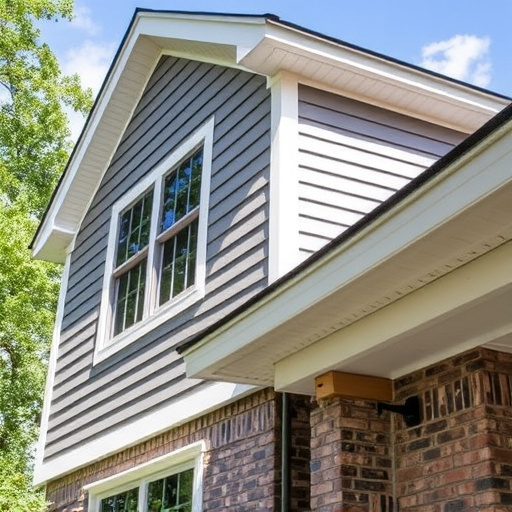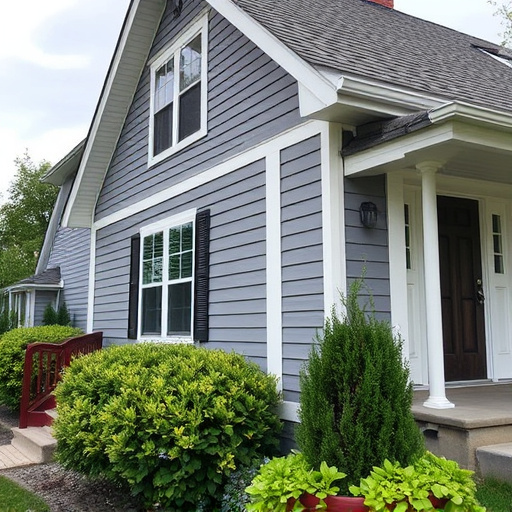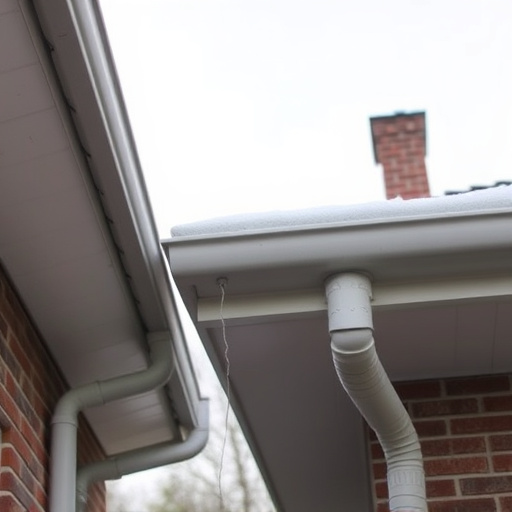During initial inspection, look for cracks, chips, splits, uneven surfaces, bulges, or warping in siding materials around corners, edges, windows, and doors. Regular maintenance checks are crucial to identify issues early. Evaluate material quality by checking flexibility (vinyl), knot-free surfaces & rot signs (wood), and ensuring proper fit without gaps or overlaps. Functional testing during installation simulates extreme weather, checks drainage/ventilation, and identifies weaknesses for long-term performance and protection against rot, mold.
Spotting defects in low-quality siding materials is crucial for ensuring your home’s exterior durability. This guide walks you through effective strategies, including a thorough visual inspection to identify common signs of defects such as cracks, warping, or irregular textures. Additionally, learn how to check the material composition and quality, and conduct functional testing to assess long-term durability. By mastering these techniques, you’ll be equipped to select superior siding materials for your home.
- Visual Inspection: Common Signs of Defects
- Material Composition and Quality Check
- Functional Testing for Durability Issues
Visual Inspection: Common Signs of Defects
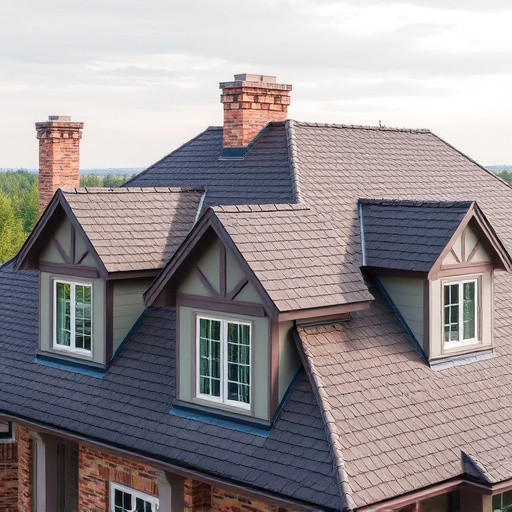
During your initial visual inspection, look for any signs of damage or abnormalities on the siding materials. Cracks, chips, and splits are common defects that can indicate poor quality or installation errors. These flaws not only affect the aesthetics but also compromise the durability of your exterior cladding.
Pay close attention to corners, edges, and areas around window frames and doors, as these spots are particularly vulnerable. Uneven surfaces, bulges, or warping may suggest underlying issues with the materials or improper siding services. Regular maintenance checks and a keen eye for detail can help you identify potential problems early on, ensuring prompt roof consulting and repairs before they escalate. Additionally, keep an eye out for signs of moisture damage or mold growth, as these could indicate poor drainage systems or faulty siding and gutters, further emphasizing the need for thorough inspection.
Material Composition and Quality Check
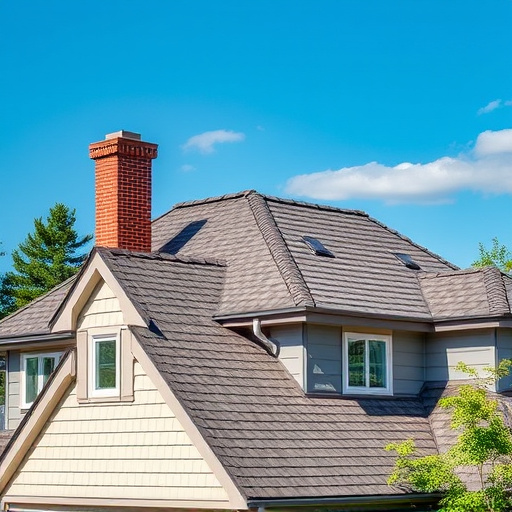
When evaluating siding materials for defects, understanding their composition is key. Different siding types—vinyl, wood, fiber cement, or metal—have unique characteristics and quality indicators. For instance, vinyl siding should be flexible yet durable, with no visible cracks or bubbles that could signal poor production quality. Similarly, wood siding needs to be free from knots, splits, or signs of rot, as these defects not only compromise aesthetics but also structural integrity over time.
A thorough quality check involves examining the material’s surface for any irregularities, such as uneven texture or color variations, which could indicate subpar manufacturing processes. Additionally, verify that all siding pieces fit snugly together without gaps or overlaps, ensuring a seamless finish and effective protection against elements. Roofing solutions and roofing services professionals often inspect siding during installation to ensure it meets industry standards, ultimately contributing to the longevity of the entire structure—be it for exterior aesthetics or as a protective barrier in siding installation.
Functional Testing for Durability Issues
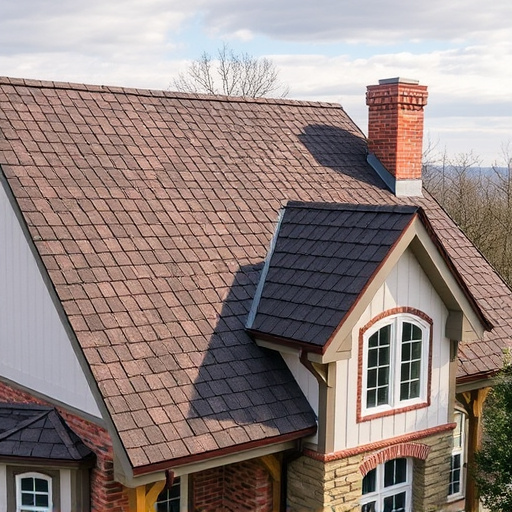
To ensure the longevity and durability of your siding materials, functional testing is an essential step during the installation process. This involves subjecting the siding to various conditions to mimic real-world exposure and identify potential weaknesses or vulnerabilities. One common method is to simulate extreme weather patterns, such as heavy rainfall, high winds, or freezing temperatures, to see how the siding holds up. By doing so, contractors can uncover issues like poor water resistance, loose connections, or structural damage that might go unnoticed otherwise.
Functional testing also includes checking for proper drainage and ventilation, which are critical aspects of maintaining a healthy exterior environment. Ensuring these factors contribute to preventing moisture buildup behind the siding—a common cause of rot, mold, and other costly repairs—is vital. Professional siding installation services often incorporate these rigorous tests as part of their home service solutions, guaranteeing that the siding materials not only look good but also perform well over time, protecting your roof repair needs in the future.
When evaluating low-quality siding materials, a thorough understanding of both visual cues and material composition is key. By conducting a detailed visual inspection, checking material quality, and functional testing, you can effectively spot defects and ensure long-lasting durability. Remember, high-quality siding materials should offer superior protection against the elements while maintaining their aesthetic appeal over time.




